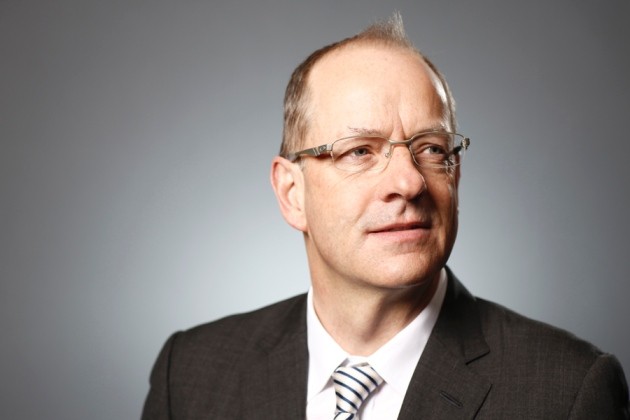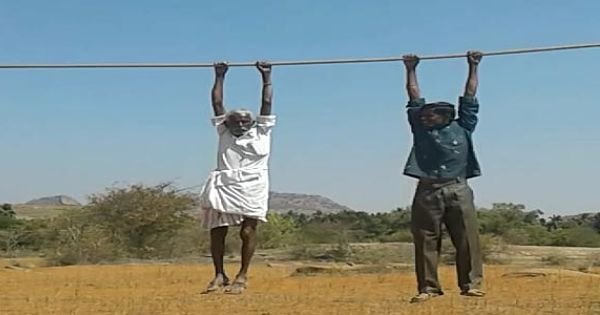
- Select a language for the TTS:
- UK English Female
- UK English Male
- US English Female
- US English Male
- Australian Female
- Australian Male
- Language selected: (auto detect) - EN
Play all audios:
The Time’s Up Foundation has joined with 1 in 4, a coalition of disabled Hollywood workers, in calling for “long-term institutional shifts” in the film and TV industry to increase employment
opportunities and authentic portrayals of the disabled community on screen, behind the camera, and in the media. “In the United States, 25% of the adult population has a visible or
invisible disability,” said Tina Tchen, president and CEO of the Time’s Up Foundation. “But, even though one in four people have a disability, they are missing in our films and television
shows, they are not represented in creative, production, and vendor positions, and their stories are not told in the press. Diverse workplaces are safer and healthier workplaces, which is
exactly why Time’s Up is proud to join 1 in 4 to ensure that everyone is represented and included. It is time for Hollywood to be accessible for all people and more accurately reflect the
world we live in, on screen and off.” A recent SAG-AFTRA panel found that disability is “consistently overlooked” in Hollywood’s conversation about diversity and inclusion. WATCH ON DEADLINE
In an open letter to their Hollywood colleagues, 1 in 4 said that “25% of the U.S. adult population has a visible or invisible disability, yet we are less than 1% on your screens. We are
also missing from your offices, crews, and sets. You are the world’s biggest creator of content, and your work can ignite global change. Include the country’s largest minority – which
crosses every age, gender identity, ethnicity and sexual orientation – on your screens and in your jobs.” 1 in 4 is urging Hollywood companies to: • Employ disabled people in all levels of
corporate, creative, production, and vendor positions; • Create content featuring authentic storylines about disability by and with disabled people. • Add disability to their definitions of
diversity, equity and inclusion; • Track and disclose the annual percentages of disabled people they hire and employ on their productions; • Ask talent representatives to work with and
advocate for disabled artists; • Require an accessibility coordinator on every production;









